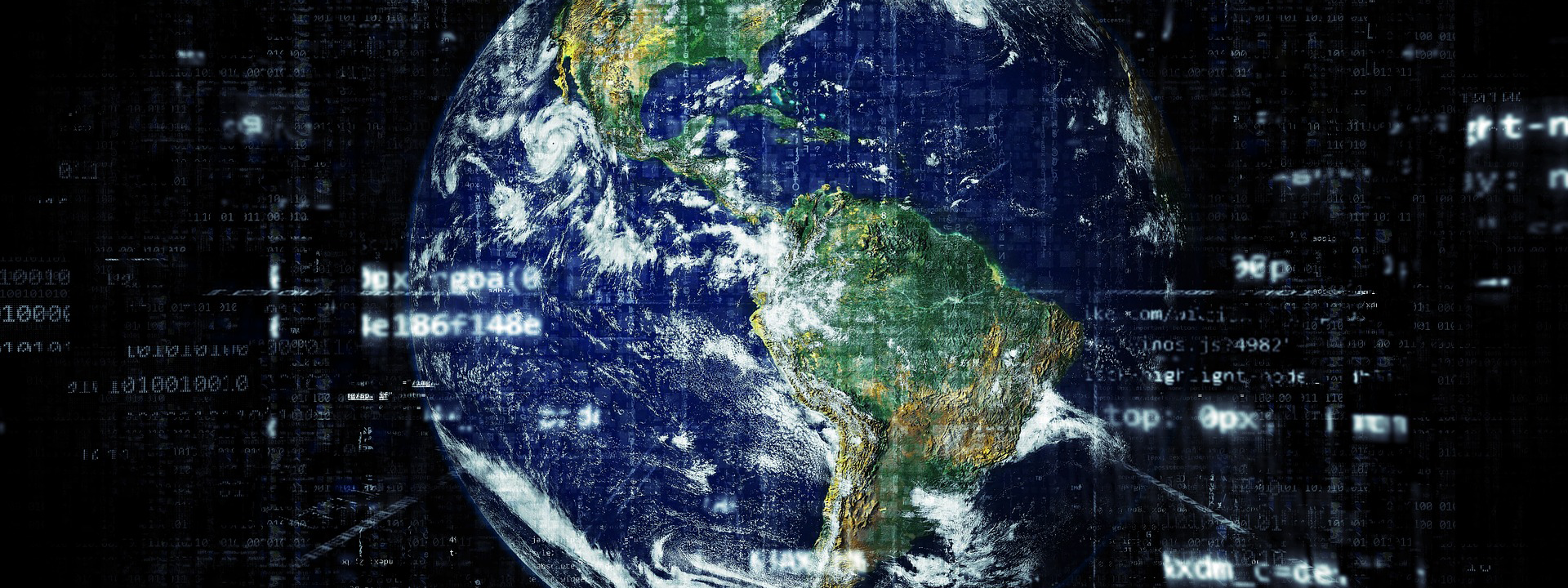News
Energy efficiency in industry
Greener internet infrastructure in the future


It is well-known that internet traffic is increasing, as it grows exponentially with a 25% increase every year. Due to this, the internet consumes higher amounts of energy, which leads to an increase in CO2 emissions. The research project INCOM, which Develco Products is now part of, has the goal of enhancing technology in order to reduce the amount of energy consumed by the internet. Here, you can take a closer look at what the causes of the internet’s high consumption of energy are, what can be done to optimize the energy efficiency of the internet, and how the internet and IoT are part of the solution to the global climate challenge.
Data centers gobbling up vast amounts of electricity
To be able to provide its users with opportunities, convenience, and comfort in their everyday lives, the internet consumes a large amount of energy. For instance, one hour of watching Netflix or another streaming service in HD requires as much energy as boiling 8 liters of water in a kettle, as both produce 163 g of CO2 emissions
The transfer of data is one of the main causes of the internet’s high energy consumption. When someone uses an online streaming service, a data center somewhere in the world is activated, sending heavy data through optical fiber cables at speeds of 200.00 km/s. The transportation of this data to and from a data center consumes a large amount of energy - and so do the activities within the data center itself, as the servers require cooling down to avoid overheating.
Increasing the energy efficiency of the internet
INCOM is working to enhance the energy efficiency and capacity of technologies continuously. The aim of the project is to make the optical cables carrying intercontinental internet traffic stronger and more energy-efficient. By refining a so-called “frequency frame”, INCOM will make it possible to reduce the number of light sources needed to operate the internet, as one efficient laser will replace several hundreds of less efficient ones. This will result in both a reduction in energy consumption and an increase in data speeds.
The internet is part of the climate solution
In the meantime, it’s important to note that the internet also plays a part in the solution to the issue of increasing CO2 emissions at a global level. A study published by Ericsson in 2015 shows that ICT solutions can reduce total greenhouse gas emissions by 8 Gtonnes CO2e, which represents approximately 12% of the global GHG emissions in 2030. This confirms the potential role the internet can have in mitigating climate changes, which also enhances its benefits to society.
Smart solutions benefit the global climate, as they enable us to do things in new and more sustainable ways. An example of this is autonomous cars, as they can reduce the consumption of energy in the transport industry by up to 60%. Additionally, IoT devices such as sensors, meter interfaces, and smart relays can minimize the consumption of energy in buildings and homes.
You should consider reading
publications
Resource efficient production
+15
Producing more with less
29 November 2023News
Energy efficiency in industry
+3
New coalition aims to make zero-emissions shipping plain sailing
2 October 2019solutions
Energy efficiency in industry















